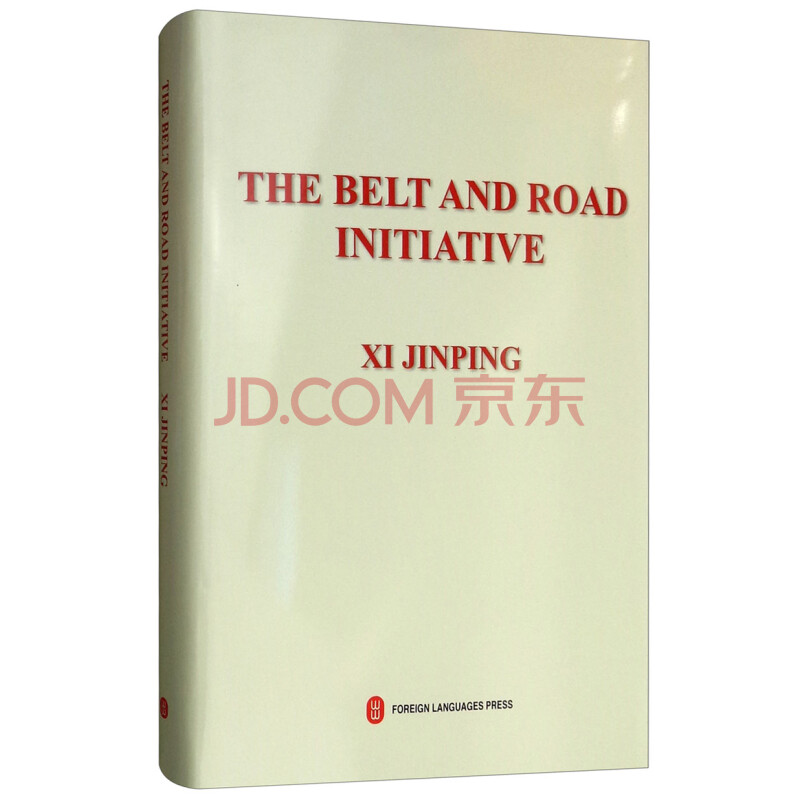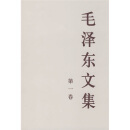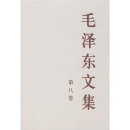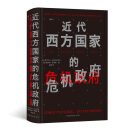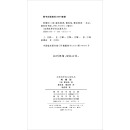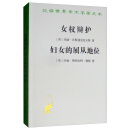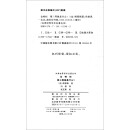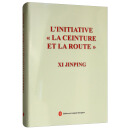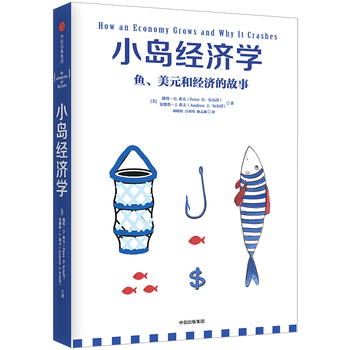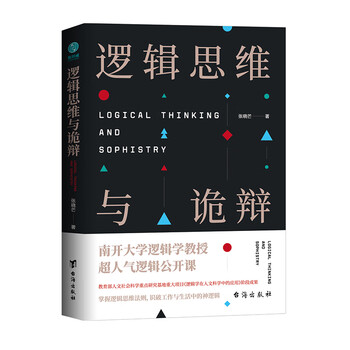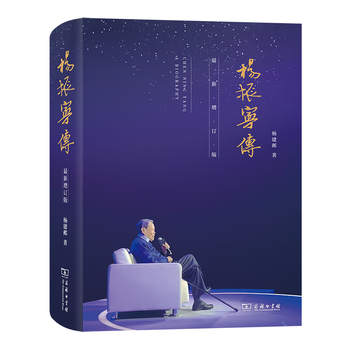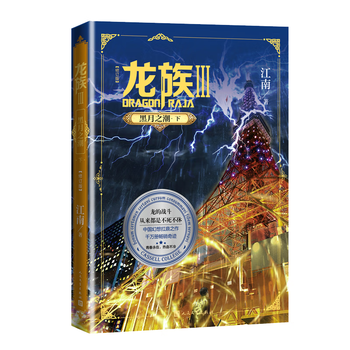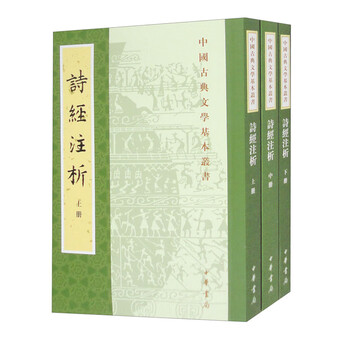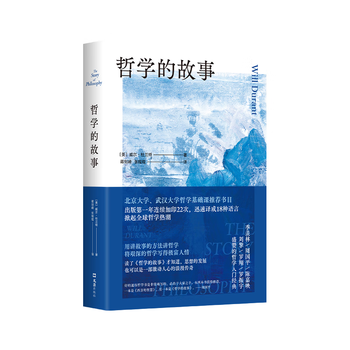内容简介
《习近平谈“一带一路”(英)》以2013年9月7日习近平同志在哈萨克斯坦纳扎尔巴耶夫大学演讲的一部分《共同建设“丝绸之路经济带”》为开卷篇,以2018年7月10日习近平同志在中阿合作论坛第八届部长级会议开幕式上讲话的一部分《加强战略和行动对接,携手推进“一带一路”建设》为收卷篇,收入习近平同志论述“一带一路”建设的重要文稿42篇。
目录
Work Together to Build the Silk Road Economic Belt
Carry Forward the "Shanghai Spirit" and Promote Common Development
Work Together to Build a 21st Century Maritime Silk Road
Exchanges and Mutual Learning Make Civilizations Richer and More Colorful
Build a Bridge of Friendship and Cooperation Across the Eurasian Continent
New Approach for Asian Security Cooperation
Promote the Silk Road Spirit, Strengthen Sino-Arab Cooperation
Strive for Economic Development with South Asian Countries Through the Belt and Road
Accelerate the Building of the Belt and Road
Connectivity Spearheads Development and Partnership Enables Cooperation
Shape the Future Through Asia-Pacific Partnership
Implement the Free Trade Zone Strategy
China Welcomes All Countries Along the Routes and in Asia to Develop the Belt and Road
China's Development Provides New Cooperation Opportunities for Other Countries and Foreign Companies
Expand Common Interests, Realize Common Prosperity
The Belt and Road Initiative Is Open and Inclusive
New Vision of the Silk Road, Actions for Common Development
Belt and Road: A Wide, Open Thoroughfare for All of Us
The Belt and Road Initiative Is a Strategic Measure to Boost Opening Up and Promote Economic Diplomacy
A New Era of China-Africa Cooperation and Common Development
Jointly Build a Community of Shared Future in Cyberspace
Address at the Inauguration Ceremony of the Asian Infrastructure Investment Bank
Comply with the Trend of Economic Globalization and Grow Stronger
Promote the Belt and Road Initiative, Extend Reform and Development
Belt and Road Development Is the Joint Cause of All Countries Along the Routes
Jointly Build China-Central Asia-West Asia Economic Corridor
The Belt and Road Initiative Benefits the People
A New Starting Point for China's Development, A New Blueprint for Global Growth
Build an Innovative, Invigorated, Interconnected, and Inclusive World Economy
Improve Our Ability to Participate in Global Governance
Make Economic Globalization More Dynamic, Inclusive and Sustainable
Shoulder the Responsibilities of Our Time and Promote Global Growth Together
Towards a Global Community of Shared Future
Work Together to Build the Belt and Road
Toast at the Welcoming Banquet for the Belt and Road Forum for International Cooperation
New Beginning of Cooperation, New Dynamism for Development
Closing Remarks at the Leaders Roundtable of the Belt and Road Forum for International Cooperation
Follow a Path of Peaceful Development and Work to Build a Global Community of Shared Future
Seize the Opportunity of a Global Economy in Transition and Accelerate Development of the Asia-Pacific
The Belt and Road Is an Important Platform for Promoting a Global Community of Shared Future
Forge a Route for Cooperation Across the Pacific
Coordinate Development Strategies and Actions to Advance the Belt and Road Initiative
试读
《习近平谈“一带一路”(英)》:
“A single flower does not make spring, wlule one hun-dred flowers in full blossom bring spring to the garden.”If there were only one kind of f:lower in the world, people would find it boring no matter how beautiful it was. Be it Chinese civilization or other avilizations in the world, they are all fruits of human progress.
I have visited the Louvre Museum in France and the Pal-ace Museum in China, both of which house millions of art treasures. They are attractive because they present the rich-ness of diverse civilizations. Exchanges and mutual learning among avilizations must not be built on the exclusive praise or belittling of one particular avilization. As early as over 2,000 years ago, the Chinese people came to recognize that “it is natural for things to be different.” Greater exchanges and mutuallearning among civilizations can further enrich the colors of various avilizations and the culturallife of people and open up still greater alternatives in the future.
Second, civilizations are equal, and such equality has made exchanges and mutual learning among civilizations possible. All human civilizations are equal in value, and they all have their respective strengths and weaknesses. No avili- zation is perfect on the planet. Nor is it devoid of merit. No single avilization can be judged.superior to another.
I have visited many places in the world. What interested me most during the trips was to learn about differing avili-zations across the five continents, what makes them differ-ent and unique, how their people think about the world and life and what they hold dear. I have visited Chichen Itza, a window on the ancient Maya civilization, and the Central Asian city of Samarkand, an icon of the ancient Islamic civilization. It is my keenly felt conviction that an attitude of equality and modesty is required if one wants to truly under-stand various civilizations. Taking a condescending attitude towards a civilization cannot help anyone to appreciate its essence, and may risk antagonizing it. Both history and real-ity show that pride and prejudice are the biggest obstacles to exchanges and mutuallearning among civilizations.
Third, civilizations are inclusive, and such inclusiveness has given exchanges and mutuallearning among civiLizations the impetus to move forward. The ocean is vast because it refuses no rivers. All civilizations are crystallizations of man-kind's diligence and wisdom. Every civilization is unique.Copying other civilizations blindly or mechanically is like cutting one's toes to fit one's shoes - impossible and highly detrimental. All achievements of civilizations deserve our re-spect and must be cherished.
……

